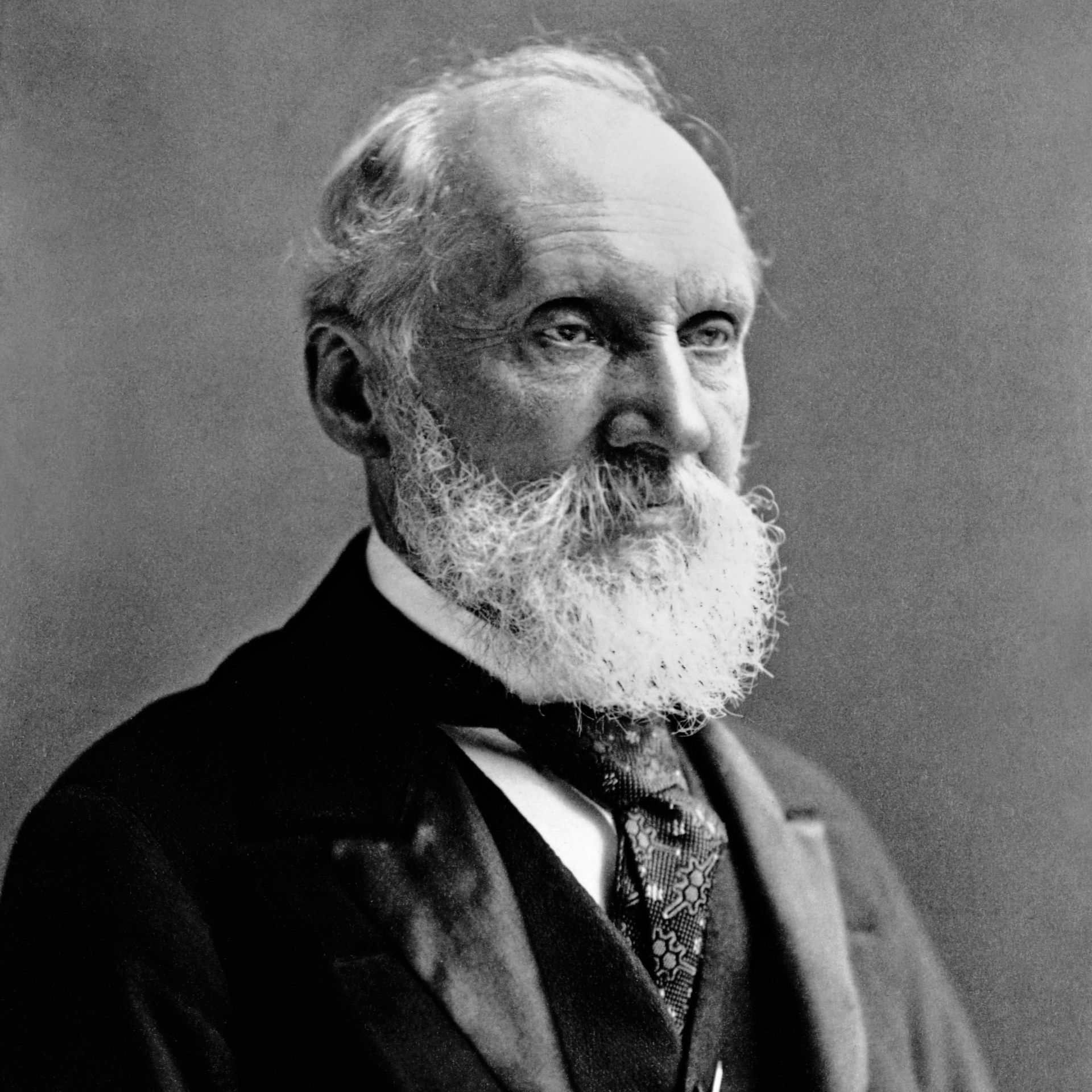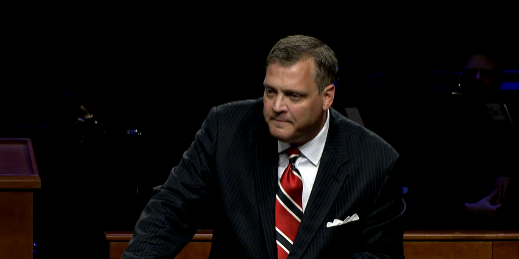This week my fellow Orielensis John Henry Newman was made a saint by Pope Francis.
In the period 1820 to 1840 Oriel college, Oxford led intellectuals in Oxford and in the Church of England, with leaders like Copleston and Whately. This is given a fiar comment by wiki on Oriel
In the early 19th century, the reforming zeal of Provosts John Eveleigh and Edward Copleston gained Oriel a reputation as the most brilliant college of the day. It was the centre of the “Oriel Noetics” — clerical liberals such as Richard Whately and Thomas Arnold were fellows,[17] and during the 1830s, two intellectually eminent fellows of Oriel, John Keble and John Henry Newman, supported by Canon Pusey (also an Oriel fellow initially, later at Christ Church) and others, formed a group known as the Oxford Movement, alternatively as the Tractarians, or familiarly as the Puseyites. The group was disgusted by the then Church of England and sought to revive the spirit of early Christianity.[18][19] Tension arose in college since Provost Edward Hawkins was a determined opponent of the Movement.[17
Now my preference is for Copleston and the noetics whereas I am sure Mary Moritz prefers Newman and friends !!!! However I have always valued Newman’s writings and had to study his Lectures on Justification (1838) for my degree. He was quite critical of evangelicals of his day and I reckon his ideas are now expounded by scholars like N T Wright and Michael Gorman, where justification is not just the one-off event but part of continuing participation in Christ. Popular justification ends up with what Dylan Thomas described as “got drunk on saturday and saved on sunday”. no wonder the Welsh chapels fizzled out. My favourite quote from Newman’s book is about what he calls Popular Protestantism (forerunner of fundamentalism?) where “the bible, and the Bible alone, is the religion of Protestants.” I.e. centred on the bible , including Judges 11, rather than Jesus.
Am I a heeretic?
Newman was a friend to science and Mary Moritz an Austrian scientist and Roman Catholic has written this excellent blog which I have lifted
Mary has an excellent blog of her own https://sciencemeetsfaith.wordpress.com/2019/07/15/saint-bonaventure-wisdom-on-genesis/ and has three blogs on Newman
A Patron Saint of Evolution?

I mean that it is as strange that monkeys should be so like men with no historical connection between them, as the notion that there should be no course of history by which fossil bones got into rocks.
—St. John Henry Cardinal Newman
John Henry Newman, one of the most consequential Catholic theologians of modern times, was canonized in Rome on October 13. Newman was born in London in 1801 and raised in the Anglican faith. He studied at Oxford and was ordained to the Anglican ministry in 1825. Several years later, with a group of friends, he started what became known as the Oxford Movement, an attempt to bring the Anglican Church closer to its Catholic roots. The movement aroused fierce opposition but had great and lasting influence within both Anglicanism and the Catholic Church.
Newman experienced many hardships, difficulties and disappointments and over time felt himself drawn more and more towards Catholicism. In 1845, after thorough study of the early Church’s history, he entered into full communion with the Catholic Church and two years later received priestly ordination in Rome. Newman said of his conversion, “it was like coming into port after a rough sea; and my happiness on that score remains to this day without interruption.” In 1849, he founded the first Oratory of St. Philip Neri in Birmingham, where he remained, except for a brief period, until his death in 1890. In 1879, he was named Cardinal by Pope Leo XIII.
My first encounter with John Henry Newman was reading his Apologia Pro Vita Sua, a spiritual autobiography he wrote in 1865 as a defense against attacks upon his personal integrity and the sincerity of his religious beliefs. I found it as fascinating as St. Augustine’s Confessions. Both men, each in his particular circumstances, describe their intrepid search for the Truth and testify to God’s redemptive and merciful love. Newman’s search for God’s truth, light and guidance is also masterfully described in the poem “Lead Kindly Light,” which he wrote in 1833 and which became one of the world’s most beloved hymns.
A few years after encountering the Apologia, I discovered Newman’s contributions to the dialogue between science and faith. John Henry Newman was a theologian and clergyman inside and out, but already as an undergraduate he developed an interest in the sciences. He carefully wrote out and kept his notes from a course in mineralogy—they are still at the Birmingham Oratory. He was less impressed by geology, even though that course was given by the same professor, Rev. William Buckland. In the early 1820’s Buckland defended the thesis that the earth had passed through several catastrophic geological events, the last being a global flood as described in Genesis.
But by 1830 Buckland had abandoned this view and adopted the hypothesis of a great continental glaciation event. The idea that the earth was of vast antiquity had been proposed by James Hutton and others in the late 1700’s, and further developed by Charles Lyell. These ideas were well-known to Charles Darwin, who began his career as geologist, and played a role in his development of the theory of evolution. They also influenced Newman, who learned to consider scientific theories and innovations with a degree of caution.
Truth Can’t Be Contrary to Truth
Newman dedicated two of his lectures as rector of the Catholic University in Dublin in 1851/1852—later assembled in his book The Idea of a University—specifically to the relationship of theology and science. A certain tension between science and theology may lead some to wait for the day when science overthrows revealed truths. It may cause others, mainly the religious minds, to fear scientific progress, and, in Newman’s words, “to undervalue, to deny, to ridicule, to discourage, and almost to denounce, the labours of the physiological, astronomical, or geological investigator.” However, Newman explains why this fearful attitude is unjustified:
The Physicist tells us of laws; the Theologian of the Author, Maintainer, and Controller of them; of their scope, of their suspension, if so be; of their beginning and their end. This is how the two schools stand related to each other, at that point where they approach the nearest; but for the most part they are absolutely divergent.
Newman answers the question of truth with an impressive picture: distinct fields of inquiry form distinct “circles of knowledge,” distinct “worlds” of their own, though ultimately comprising one Truth. He compares this with God’s immensity. God is One, but:
. . . any one of His attributes, considered by itself, is the object of an inexhaustible science: and the attempt to reconcile any two or three of them together—love, power, justice, sanctity, truth, wisdom—affords matter for an everlasting controversy. We can apprehend and receive each divine attribute in its elementary form, but still we are not able to accept them in their infinity, either in themselves or in union with each other. Yet we do not deny the first because it cannot be perfectly reconciled with the second, nor the second because it is in apparent contrariety with the first and the third.
We may say with words written by Hans Urs von Balthasar around one hundred years later: “Truth is symphonic.” Newman tells Catholic scientists and theologians:
If [we] have one maxim in our philosophy, it is, that truth cannot be contrary to truth; if we have a second, it is, that truth often seems contrary to truth; and, if a third, it is the practical conclusion, that we must be patient with such appearances, and not be hasty to pronounce them to be really of a more formidable character.
Moreover, if we know our Catholic faith, this will provide us with a sense of security and a peace of mind:
I say, then, he who believes Revelation with that absolute faith which is the prerogative of a Catholic, is not the nervous creature who startles at every sudden sound, and is fluttered by every strange or novel appearance which meets his eyes. He has no sort of apprehension, he laughs at the idea, that anything can be discovered by any other scientific method, which can contradict any one of the dogmas of his religion . . . He is sure, and nothing shall make him doubt, that, if anything seems to be proved by astronomer, or geologist, or chronologist, or antiquarian, or ethnologist, in contradiction to the dogmas of faith, that point will eventually turn out, first, not to be proved, or, secondly, not contradictory, or thirdly, not contradictory to anything really revealed, but to something which has been confused with revelation.
The application of these principles had solved the case of the Copernican system and of Galileo Galilei to everyone’s satisfaction. But while Newman wrote these words, new trouble was brewing: Charles Darwin’s Origin of Species. Before we turn our attention to the theory of evolution, let us look at Newman’s views on “design” in Nature.
I Believe in Design Because I Believe in God . . .
Unduly melding science and theology while trying to find “intelligent design” in biology, and from there proceeding to the inference of an “Intelligent Designer,” was and remains to this day a great temptation not only for theologians, but also for believing scientists.
In 1802, William Paley published the book Natural Theology: or Evidences of the Existence and Attributes of the Deity. In it, he proposed his famous watchmaker analogy: if a pocket watch is found in a field, it is most reasonable to assume that someone dropped it and that it was made by a Watchmaker; or, in other words, where we find design there must be a designer. This Design Argument for God’s existence (a version of the so-called Teleological Argument) became quite popular in Victorian England. The argument was further developed in the Bridgewater Treatises a series of books funded by the 8th Earl of Bridgewater and planned as a major work in natural theology to explore “the Power, Wisdom, and Goodness of God, as manifested in the Creation.” Most of its authors—all established clergymen and theologians, some of them also scientists—explored Paley’s Design Argument in various scientific fields.
It should be noted that in the English-speaking world, the Design Argument is sometimes confused with Thomas Aquinas’s version of the Teleological Argument. Paley finds design in what might be called the craftsmanship found in complex and purposeful structures, whereas the emphasis in St. Thomas was more upon a general directedness of natural things and processes towards “ends.”
John Henry Newman felt deeply uncomfortable with William Paley’s Natural Theology for three main reasons:
- He saw it as reversing the order of understanding. He wrote in 1870: “I believe in design because I believe in God; not in God because I see design.”
- It leads to an incomplete notion of God. In the same 1870 letter, Newman argues, “Half the world knows nothing of the argument from design—and, when you have got it, you do not prove by it the moral attributes of God—except very faintly. Design teaches me power, skill, and goodness, not sanctity, not mercy, not a future judgment, which three are of the essence of religion.” In 1852, he said that the “God of Physical Theology [i.e. natural theology] may very easily become a mere idol” rather than the God of Christianity.
- Although Paley knew of grief and pain, his Natural Theology paints a happy world. Design, as he describes it, does not leave any space for natural evil, nor for moral evil in a world encompassing the reality of sin, and the need for redemption. We need revelation, says Newman, because the mystery of moral evil, the reality of our sins, can only be elucidated by the mystery of Christ’s Cross. Without revelation, theology would not be in a better shape than it was with the Greek philosophers: it would be unable to answer the question of theodicy.
Furthermore, Charles Darwin had admired Paley’s book in his youth, but during his voyage on the HMS Beagle, he started to realize that nature was not “nice” at all, that there was a constant struggle for survival. In 1860, Darwin wrote:
I cannot persuade myself that a beneficent and omnipotent God would have designedly created the Ichneumonidae [parasitic wasps] with the express intention of their feeding within the living bodies of caterpillars.”
He drifted more and more into agnostic views as he grew older. I would have liked it if Darwin could have read what Pope Francis says in Laudato Si’:
Creating a world in need of development, God in some way sought to limit himself in such a way that many of the things we think of as evils, dangers or sources of suffering, are in reality part of the pains of childbirth which he uses to draw us into the act of cooperation with the Creator. God is intimately present to each being, without impinging on the autonomy of his creature, and this gives rise to the rightful autonomy of earthly affairs. His divine presence, which ensures the subsistence and growth of each being, “continues the work of creation.” The Spirit of God has filled the universe with possibilities and therefore, from the very heart of things, something new can always emerge: “Nature is nothing other than a certain kind of art, namely God’s art, impressed upon things, whereby those things are moved to a determinate end. It is as if a shipbuilder were able to give timbers the wherewithal to move themselves to take the form of a ship”
Evolution Isn’t Inconsistent with Divine Design…
Charles Darwin pondered many years on the theory of evolution, fearing the repercussions of publication. Only when Alfred Wallace submitted a paper with very similar findings, did he decide to move quickly. The theory of evolution via natural selection was stated in 1858 in a joint paper of Darwin and Wallace and, in 1859, Darwin published The Origin of Species.
Newman never analyzed Charles Darwin’s theory in depth, but it was “in the air,” and Newman responded when specifically asked about it. His answers were cautiously positive. And it seems that he was well prepared to discuss the topic. In his book On the Development of Doctrine, written fourteen years before Darwin’s Origin of Species, Newman referred favorably to the 18th century English theologian Joseph Butler. Butler had pointed out in The Analogy of Religion that God operates in the very same manner in the history of Nature as in the history of Christianity:
The Author of Nature appears deliberate throughout His operations, accomplishing His natural ends by slow successive steps. And there is a plan of things beforehand laid out, which, from the nature of it, requires various systems of means, as well as length of time, in order to the carrying on its several parts into execution. Thus, in the daily course of natural providence, God operates in the very same manner as in the dispensation of Christianity, making one thing subservient to another; this, to somewhat farther; and so on, through a progressive series of means, which extend, both backward and forward, beyond our utmost view. Of this manner of operation, everything we see in the course of nature is as much an instance as any part of the Christian dispensation.
When Newman used the word “design” it was not Paley’s notion of it, but what he called “divine design.” He sees “divine design” as God’s Wisdom “to have given certain laws to matter millions of ages ago, which have surely and precisely worked out, in the long course of those ages, those effects which He from the first proposed.” He therefore considers that “Mr. Darwin’s theory need not, then, be atheistical, be it true or not; it may simply be suggesting a larger idea of Divine Prescience and Skill.” God’s action is permanently present, he works in and through his creation. Newman can therefore say that he did not think “that ‘the accidental evolution of organic beings is inconsistent with divine design—It is accidental to us, not to God.”
Darwin was closer to Newman than to Paley on laws in nature and on secondary causation. He wrote,
Authors of the highest eminence seem to be fully satisfied with the view that each species has been independently created. To my mind it accords better with what we know of the laws impressed on matter by the Creator, that the production and extinction of the past and present inhabitants of the world should have been due to secondary causes, like those determining the birth and death of the individual.
Nonetheless, a key distinction between the two men’s thinking is that Darwin did not share Newman’s notion of a world under the providential care of a God to whom nothing is accidental, a conviction that was deeply engrained in Newman’s mind and soul.
On the question whether Genesis and the theory of evolution would contradict each other, Newman considers the verse “All are of dust” (Eccles 3:20) and concludes: “yet we never were dust—we are from fathers. Why may not the same be the case with Adam? . . . I don’t know why Adam needs be immediately out of dust—Formavit Deus hominem de limo terrae [“God formed man from the dust of the earth” (Gen 2:7)]—i.e. out of what really was dust and mud in nature, before He made it what it was, living.”
Newman was one of the first theologians (together with Rev. Charles Kingsley and Rev. Frederick Temple, both Anglicans) who were positive voices acknowledging that Darwin’s theory did not contradict the Christian faith. Newman’s view is still relevant today and may be well summarized with the words of Benedict XVI in his first homily as pope:
Only where God is seen does life truly begin. Only when we meet the living God in Christ do we know what life is. We are not some casual and meaningless product of evolution. Each of us is the result of a thought of God. Each of us is willed, each of us is loved, each of us is necessary.
Conclusion
Saint John Henry Newman was truly a saint in his life as priest, pastor, and teacher. He was searching for the truth, no matter the costs and hardship it would entail. His wisdom deserves to be further explored. He lived in a society that was turning increasingly secularist, not unlike our own in the 21st century. If Newman had lived in our time, he probably would have appreciated the Society of Catholic Scientists. He knew about the challenges but also about the beauty to be witnesses of our faith in the scientific world. He would have exhorted us, as he did in his time:
I want an intelligent, well-instructed laity . . . I wish you to enlarge your knowledge, to cultivate your reason, to get an insight into the relation of truth to truth, to learn to view things as they are, to understand how faith and reason stand to each other, [and] what are the bases and principles of Catholicism.
EDITORIAL NOTE: This article is part of a collaboration with the Society of Catholic Scientists (click here to read about becoming a member). You can ask questions and join a wider discussion about this piece at the bottom of this page where the original version of this essay, “Saint John Henry Newman: A Co-Patron for Scientists?” is published. Those who wish to read more by Dr. Moritz may go to her blog Science Meets Faith and her Facebook page of the same name.
zzzs










































